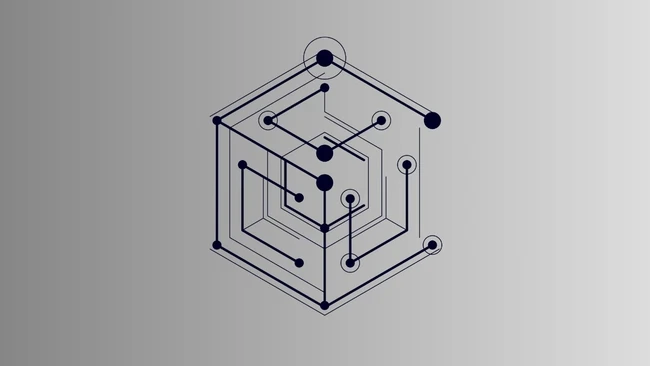Whether you call it data governance or not, every organisation around the world has some form of control over the data it handles.

It could be as simple as managing where data is stored within an organisation and who has access to it. More sophisticated organisations, however, tend to have entire teams, a host of different tools, and tailored solutions assigned to handling and productizing their data.
Formal or informal, data governance is essential for businesses of all sizes, helping to ensure that data is accurate, reliable, and secure across the organisation. While its implementation spans a wide range of adoption techniques, there are a number of data governance best practices every organisation should follow if they wish to harness the power of their data and minimise the associated risks.
In this list, we’re counting down ten key data governance best practices that can help you make the most out of your data and keep it safe from malicious actors







Comments ( 0 )